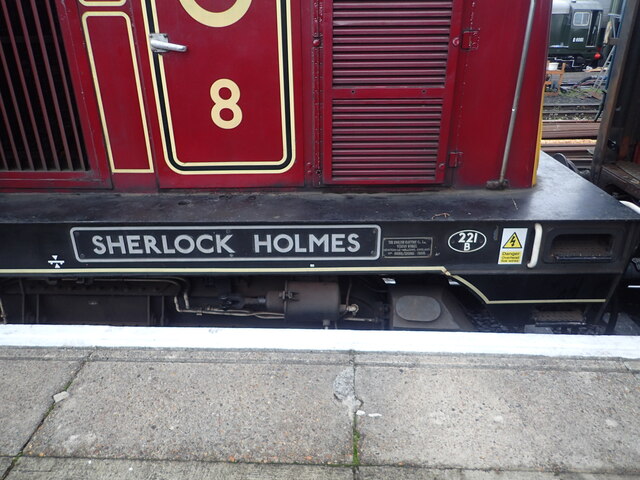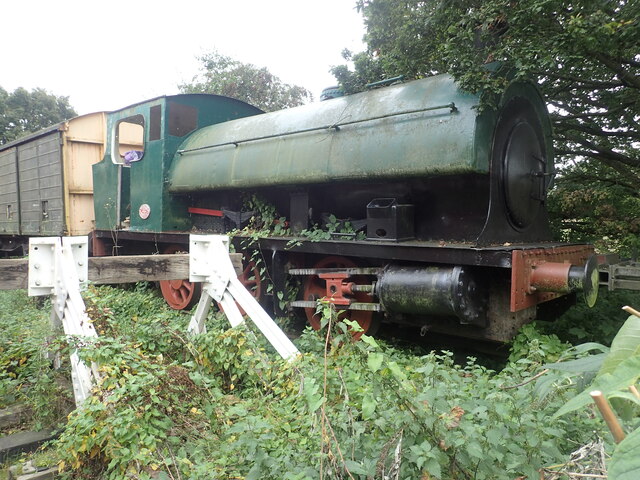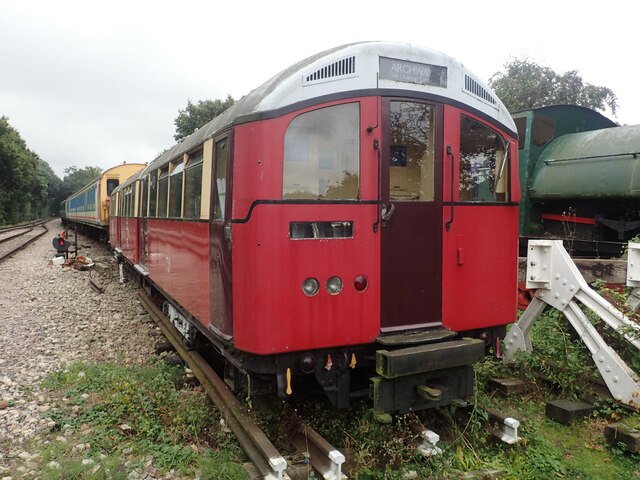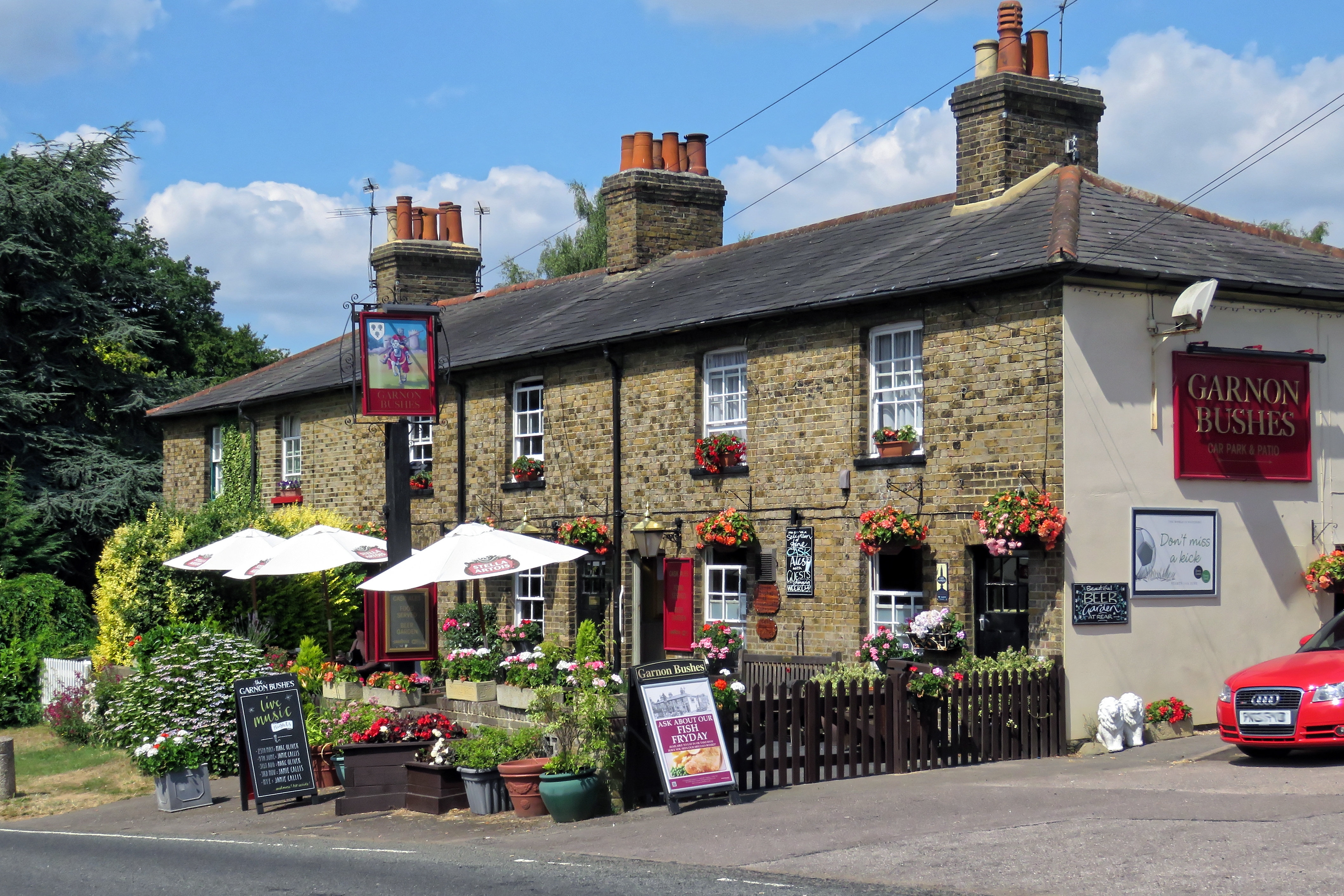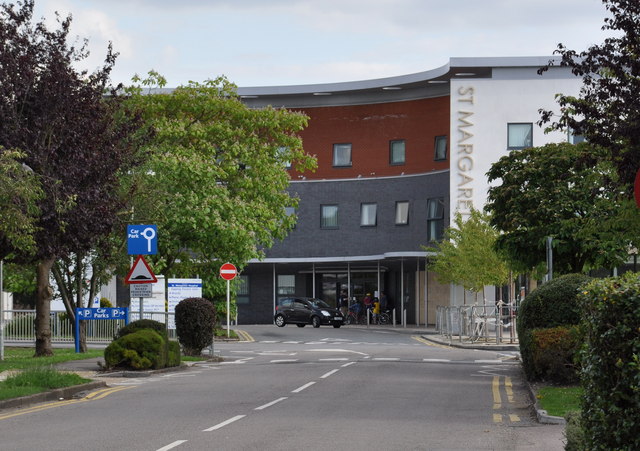Hawkshill Wood
Wood, Forest in Essex Epping Forest
England
Hawkshill Wood
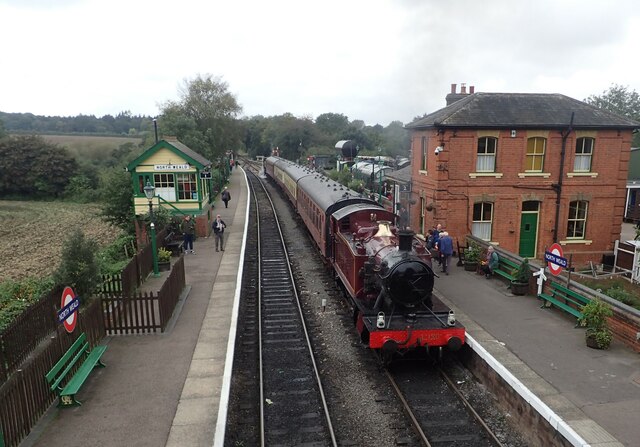
Hawkshill Wood, located in Essex, is a beautiful and diverse woodland that covers an area of approximately 50 hectares. Situated near the village of Hawkwell, this woodland is a popular destination for nature enthusiasts and hikers alike.
The wood is characterized by a mixture of broadleaf and coniferous trees, including oak, beech, and pine. This diversity of tree species creates a rich and varied habitat that supports a wide range of flora and fauna. Bluebells, primroses, and wild garlic carpet the forest floor during the spring months, providing a stunning display of colors.
Hawkshill Wood is also home to a variety of wildlife, including deer, badgers, and numerous bird species. Visitors may catch a glimpse of a great spotted woodpecker or hear the distinctive call of a tawny owl.
Several walking trails wind their way through the wood, offering visitors the opportunity to explore its beauty and tranquility. These trails are well-maintained and suitable for all levels of fitness. Along the way, informative signs provide interesting facts about the woodland's history and ecology.
In addition to its natural beauty, Hawkshill Wood has a significant historical value. It is believed that the wood has been in existence since medieval times and was once part of a much larger forest. The remnants of ancient wood banks and earthworks can still be seen, providing a glimpse into the area's past.
Overall, Hawkshill Wood is a captivating destination for those seeking to immerse themselves in nature's wonders. With its diverse flora and fauna, well-maintained trails, and rich history, it offers a delightful experience for visitors of all ages.
If you have any feedback on the listing, please let us know in the comments section below.
Hawkshill Wood Images
Images are sourced within 2km of 51.699804/0.14347398 or Grid Reference TL4802. Thanks to Geograph Open Source API. All images are credited.

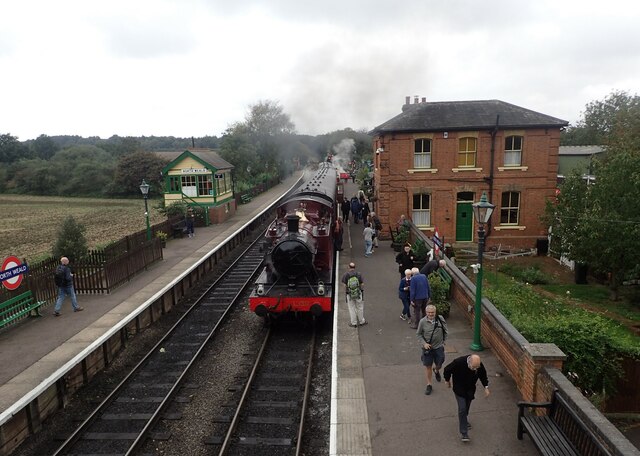
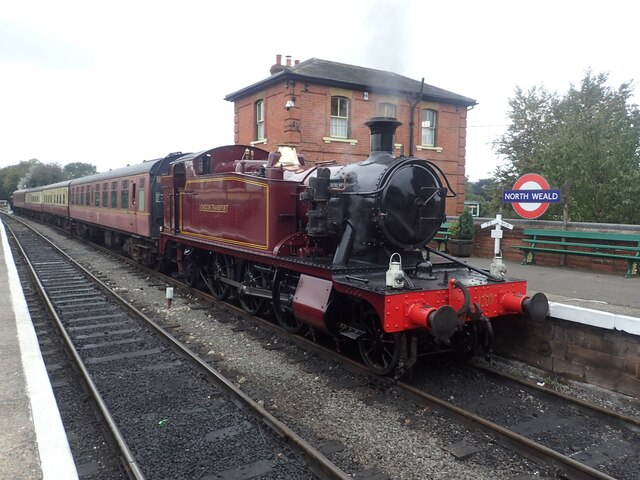
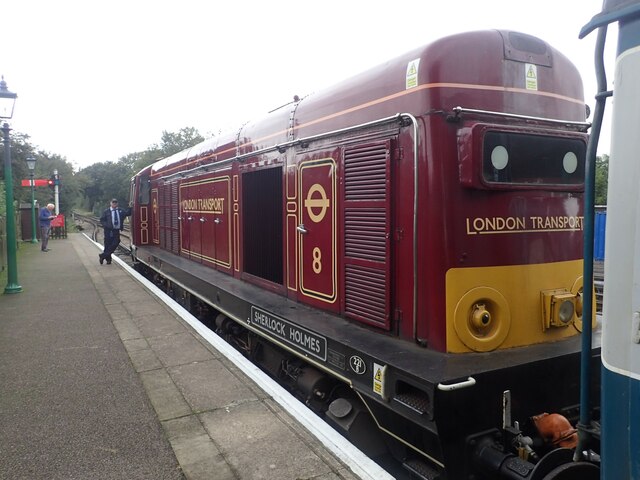
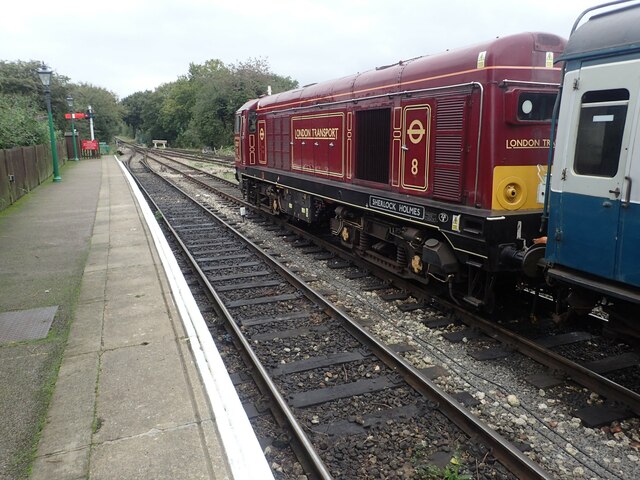
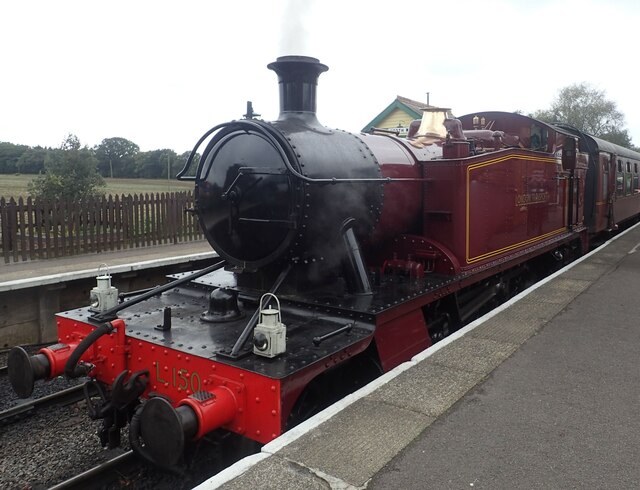
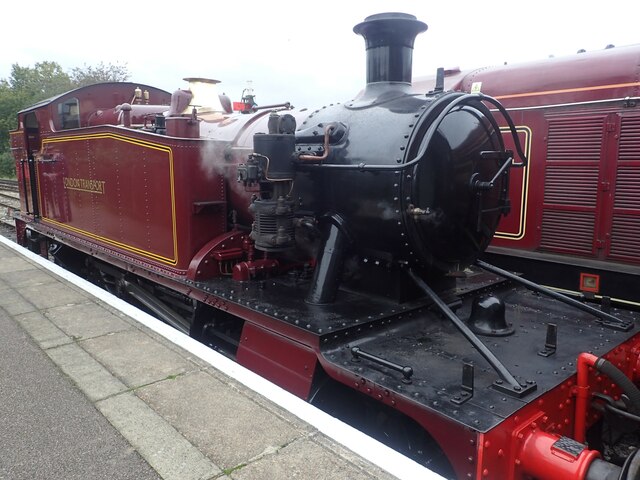
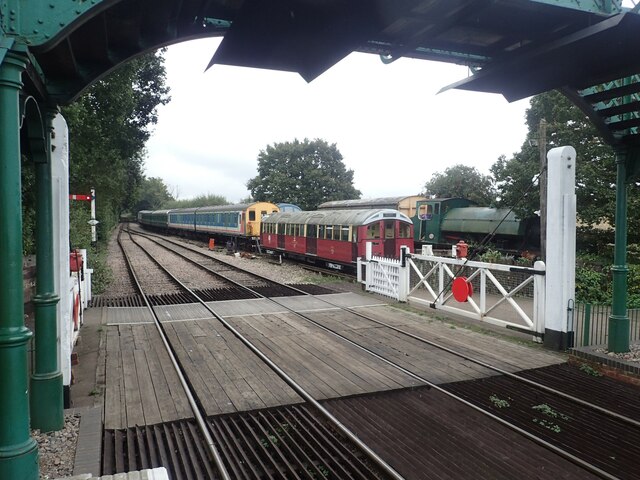
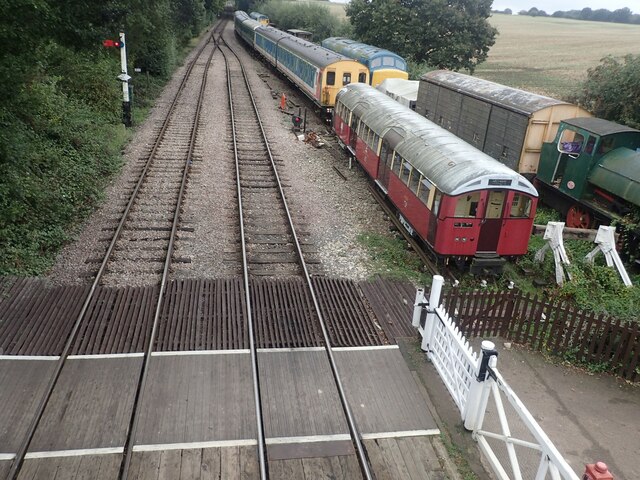
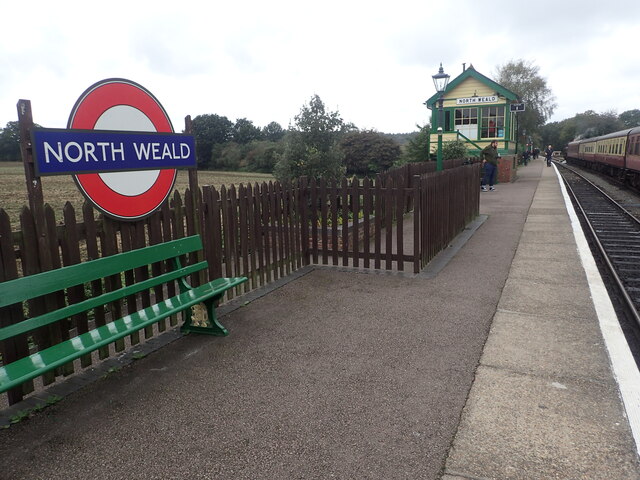
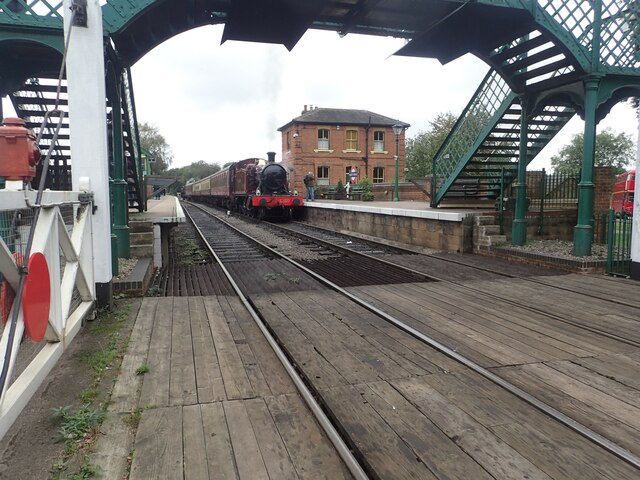
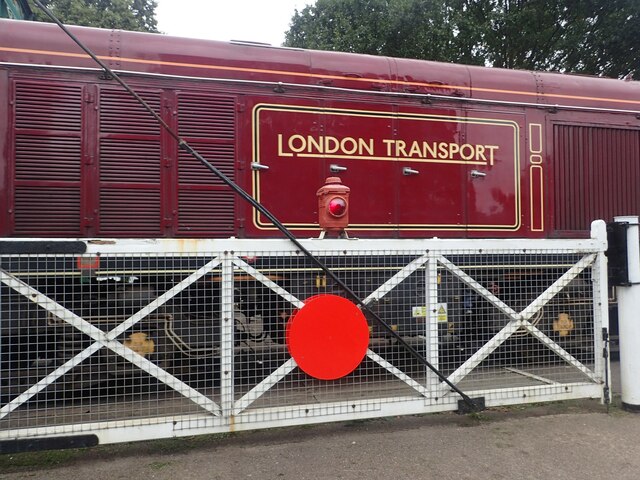
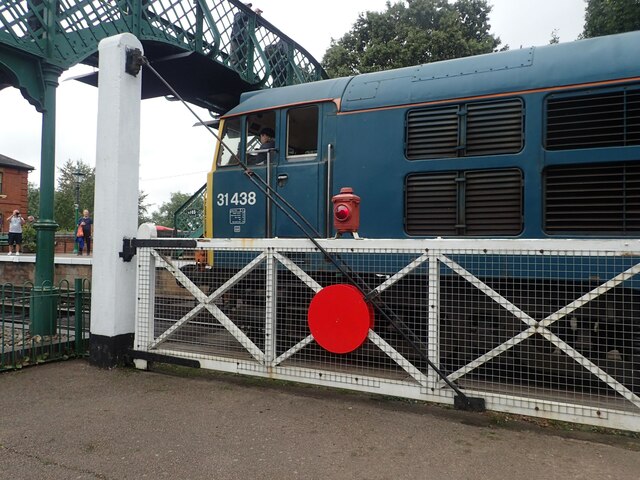
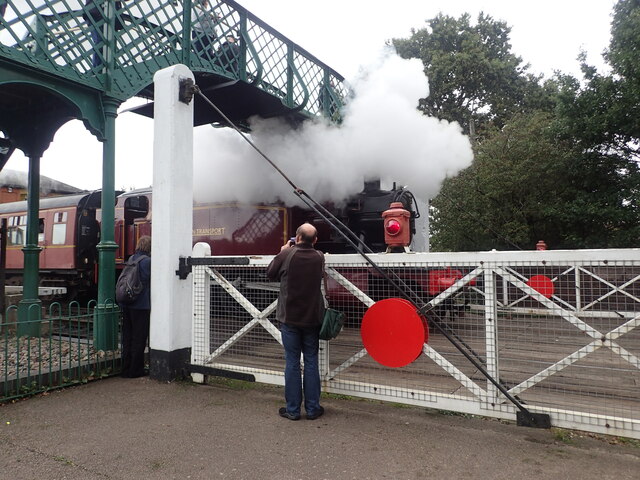
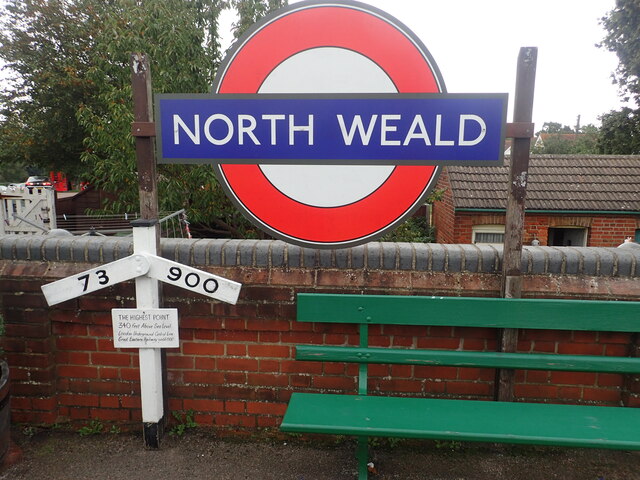
Hawkshill Wood is located at Grid Ref: TL4802 (Lat: 51.699804, Lng: 0.14347398)
Administrative County: Essex
District: Epping Forest
Police Authority: Essex
What 3 Words
///shaped.jump.doing. Near Epping, Essex
Nearby Locations
Related Wikis
Coopersale
Coopersale, also termed Coopersale Common, is a village in the civil parish of Epping, within the Epping Forest District of Essex, England. In 2018 it...
Gernon Bushes
Gernon Bushes is a 32 hectare nature reserve north-east of Epping in Essex. It is managed by the Essex Wildlife Trust. It is part of the Epping Forest...
Coopersale Street
Coopersale Street is a hamlet in the civil parish of Epping, within the Epping Forest District of Essex, England, and is 1,300 yards (1,000 m) east from...
Roughtalley's Wood
Roughtalley's Wood is a 3.4 hectare Local Nature Reserve in Theydon Garnon parish in Essex, England. It is owned and managed by Epping Forest District...
St Margaret's Hospital, Epping
St Margaret's Hospital is a hospital in Epping, Essex. It is managed by the Princess Alexandra Hospital NHS Trust. == History == The hospital has its origins...
Fiddlers Hamlet
Fiddlers Hamlet is a hamlet in the civil parish of Epping, within the Epping Forest District of Essex, England, and is 1 mile (1.6 km) south-east from...
Epping Town F.C.
Epping Town Football Club is a football club based in Epping, Essex, England, currently playing in the Essex Olympian League Division One. == History... ==
Mount End
Mount End is a hamlet in the civil parish of Theydon Mount, in the Epping Forest district, in the county of Essex, England. == Transport == Mount End is...
Nearby Amenities
Located within 500m of 51.699804,0.14347398Have you been to Hawkshill Wood?
Leave your review of Hawkshill Wood below (or comments, questions and feedback).
